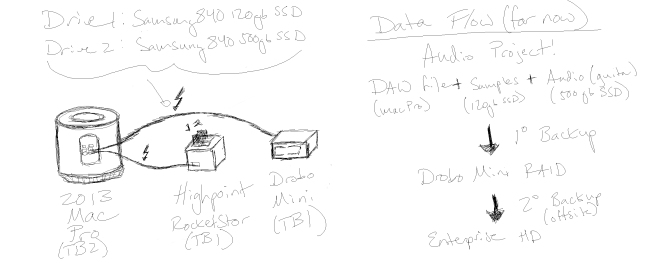I've alluded in previous posts to moving hard drives offsite as a secondary backup technique. Buying more hard drives and storing them offsite as a secondary backup is kind of a pain in the butt (so is buying more hard drives). Having survived one house fire, I can tell you that you can never have too many backups. I was fortunate in that my data was ok following the fire. Had the firefighters not gotten there as quickly as they did, I could have lost my entire photo catalog. Every. Picture. You get the idea. I've decided now to keep backups in multiple physical locations now. One backup in my apartment, one backup at work. Hard disk drives don't particularly hold up well with a lots of transport (I just had one WD Passport fail on me as a result) so I wanted to find a good case for the transport of drives. For the moment, I settled on a Pelican 1300 case. Here are the specs (directly from manufacturer website):
| 1300 Case Interior Dimensions: 9.17" x 7.00" x 6.12" (23.3 x 17.8 x 15.5 cm) |
|
With the Pick N Pluck foam, I've configured mine to hold 4 3.5" drives. There are many other ways this can be configured but this is what I settled on. A couple thoughts about the Pick N Pluck foam: it seems to leave a little foam residue (dust) behind and the foam itself seems to be rather static-y. For these reasons, I plan to put my drives in a sealed static-free bag before putting them in the case. Otherwise, this case seems to be perfect for my needs.
I bought my case here.
Typical disclosure: I'm not endorsed by Pelican nor Amazon and received no compensation for this post. Case was purchased by me personally.

